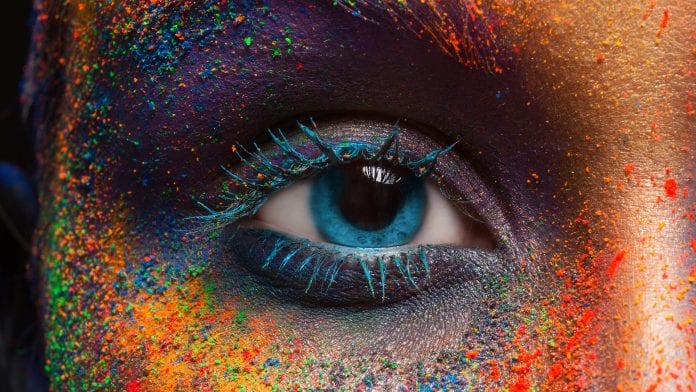
According to a new study, diabetics with severe sleep apnoea are at higher risk of treatment-resistant diabetic macular edema – a condition that can result in blinding eye disease.
New research from Taiwan shows that severe sleep apnoea is a risk factor for developing diabetic macular edema, a complication of diabetes that can cause vision loss or blinding eye disease.
Diabetic macular edema was also more difficult to treat in patients with severe sleep apnoea. While earlier research showed a weak connection between the two conditions, evidence is mounting that sleep apnoea aggravates underlying eye disease.
The researchers presented their study at the 123rd Annual Meeting of the American Academy of Ophthalmology.
What do you know about diabetic macular edema?
When people with diabetes have poor control over their blood sugar levels, the tiny blood vessels at the back of the eye can become damaged. This condition is known as diabetic retinopathy and is a leading cause of blindness in the United States.
Sometimes, tiny bulges protrude from the blood vessels, leaking fluid and blood into the retina, this fluid can cause swelling, or edema, in an area of the retina that allows us to see clearly.
What do you know about sleep apnoea?
Sleep apnoea is a sleep disorder in which breathing repeatedly stops and starts, disrupting sleep and causing blood oxygen levels to drop. This drop in oxygen appears to unleash a host of changes in the body that may play a role in injuring blood vessels.
Individuals with the shocking burden of sleep apnoea are at risk of developing hypertension, heart attacks, stroke and type 2 diabetes.
So, how do the both link?
Researchers believe that sleep apnoea may contribute to the development and worsening of diabetic retinopathy by increasing insulin resistance, elevating inflammation and raising blood pressure, all of which can damage the blood vessels at the back of the eye.
To learn more, lead researcher Juifan Chiang, and colleagues looked at data from all patients diagnosed with diabetic retinopathy over an eight-year period at Chang Gung Memorial Hospital in Taiwan.
They found that the rate of severe sleep apnoea was significantly higher in patients with diabetic macular edema compared with those without diabetic macular edema.
They also found that the worse their sleep apnoea was, the worse their macular edema. Severe sleep apnoea was also more prevalent in patients who needed more treatment to control their macular edema. These patients required three or more treatments of medical or laser therapy.
“Based on these results, we hope that more medical professionals will approach sleep apnea as a risk factor for diabetic macular edema,” Chiang said.
“This could allow for earlier medical intervention so patients can keep more of their vision and preserve their overall health as much as possible.”






















